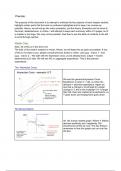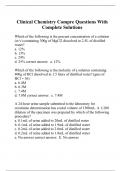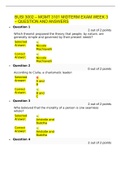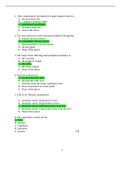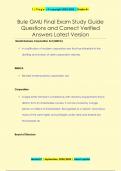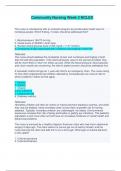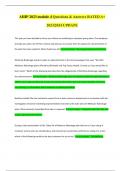Samenvatting
Summary Notes for "Macro 3: Dynamic Models & Polic" Tilburg University
- Instelling
- Tilburg University (UVT)
The summary is based off ALL video lectures, slides, and readings. This summary includes all concepts required to know for the final exam and includes all dynamic shifts needed to do confident on the exam. Knowing the material in this summary will allow one to confidently enter the exam and achieve...
[Meer zien]
